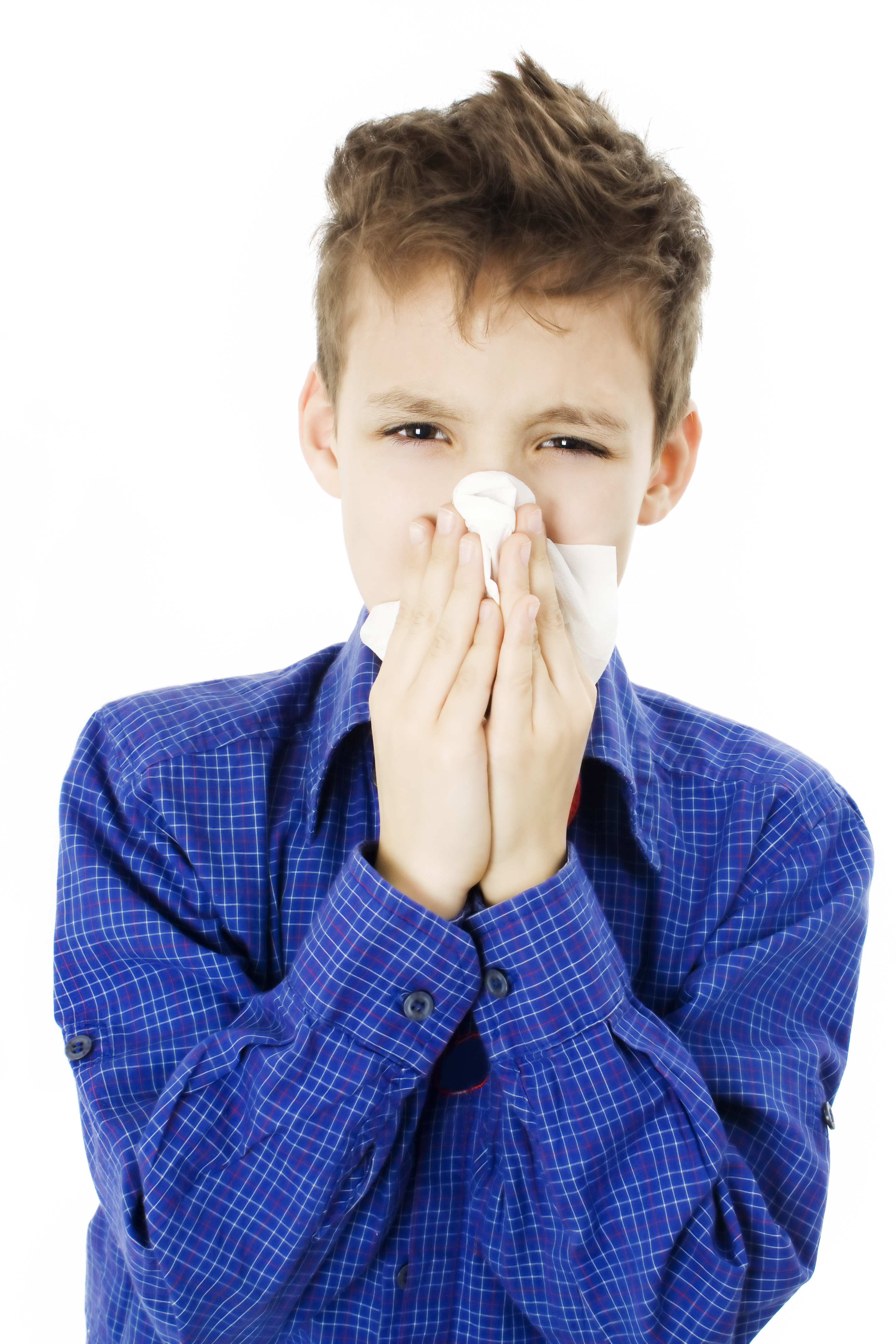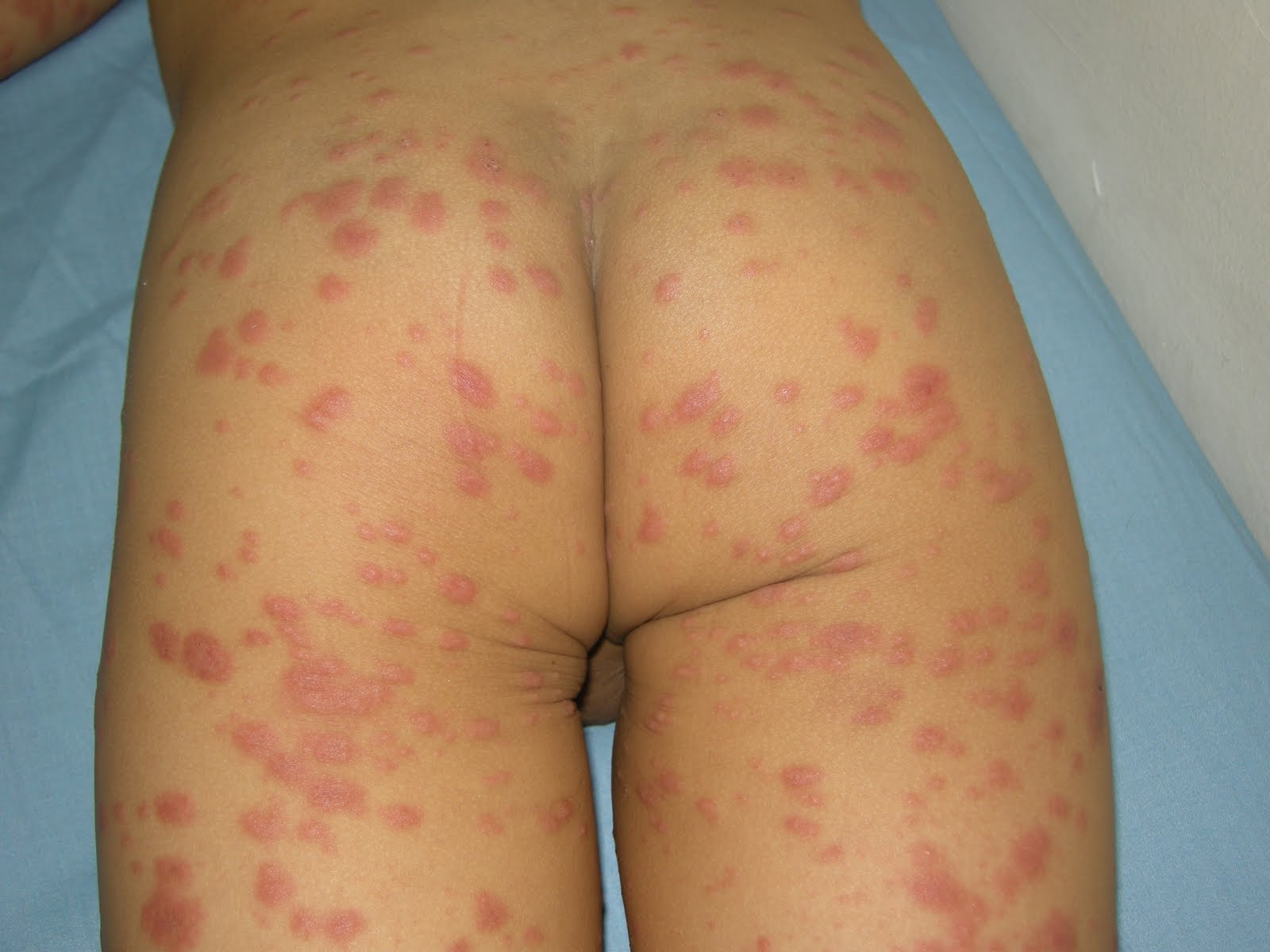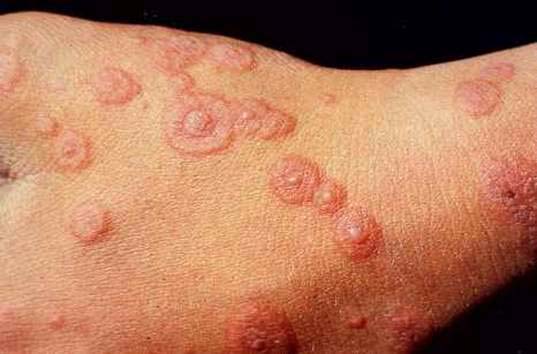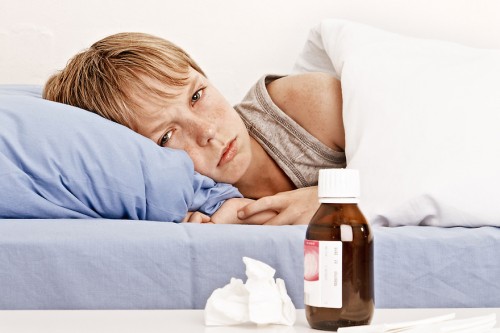Treating Children’s and Teen’s Colds
[I wrote this article some time ago but it’s even more true today than in those years. The indiscriminate use of antibiotics for viral illnesses is now a major health problem as more and more dangerous bacteria become resistant to even our most powerful antibiotics. Unless this trend stops we will be no better than when almost every family had at least one child die of an infection.]
Treating the symptoms of "colds" and upper respiratory infections in infants and children – even teens – can be a major challenge, even for physicians.
At times there are people with cold symptoms everywhere, especially in the winter, and there are virtually thousands of different illnesses which all produce the same symptoms— some quite severe and other not so.
A physician needs to be able not only to discriminate between a "cold" and other diseases that mimic the common cold; but, also the development of secondary complications to colds (including those developed following the indiscriminate use of antibiotics).
Most viral infections (like colds) have an incubation period of approximately two to three days. Nasal obstruction, discharge, sneezing, sore throat, headache, and cough may soon follow.
In children there may be a diminished appetite and they are usually irritable with a low grade fever.
Studies have shown that the "average" child has approximately 100 illnesses by the time they are ten years old.
In all, the symptoms usually last five to seven days, the fever (if any) resolving after about the third or fourth day.
Studies have shown that the "average" child has approximately 100 illnesses by the time they are ten years old.
That’s close to one a month all year long! and some children have their colds nearly one after another all winter long.
A physician who sees a child with inordinately high numbers of illnesses will work him up for a possibility of other illnesses like cystic fibrosis, immuno-deficiency syndromes, allergies, etc. Especially if the child has other considerations, like poor growth.
Treatment of a cold consists of: rest, fluids, and over-the-counter medications. The label instructions should be followed explicitly.
Some cold medications are actually a combination of several medicines— like anti-fever, anti-cough and anti-histamine. So, it may actually be dangerous to use two or three different products at the same time because they each might contain the same medication, which would cause an overdose.
Such would be the case if you gave your child a combination cold medicine (containing acetomenaphen) AND gave them "tylenol" for their fever. They would be getting TWO doses of Acetomenaphen!
 Some medicines commonly used are:
Some medicines commonly used are:
Decongestants — which shrink nasal tissues and decrease mucus formation.
Antihistamines – these cut down allergic reactions in the nose and also help tend to dry tissues.
Expectorants – these are compounds which cause the mucus secreted to become thin and watery thereby "loosening" the cough.
Antitussives – are cough suppressants (compounds which decrease or suppress the cough reflex). I have explained in a previous article why narcotic cough syrups should not be routinely used in children. The non-narcotic type (like Dextromethorphan) are better; but, you know, plain ordinary honey has been shown to be just as good if not better!
Most of the over-the-counter medications contain either one or several of the above mentioned medicines.
You should carefully read the lables to see what specific medicines are contained in the combination. Then select one medicine that is fairly specific to the type of symptoms that you have, and use it. For example an antitussive may be combined with Ibuprophen (for fever and pain). Then if you also use a decongestant combined with Ibuprophen as well, you may inadvertently overdose on that "tag along" medicine.
The solution is either to: — only use SINGLE (non-combination) medicines; or, — to use only ONE medicine that has all the things you need in it.
Much has been written in the medical literature about inappropriate types of therapy. Antibiotics are NOT useful in the treatment of colds.
 That bears repeating: Antibiotics DO NOT help resolve or diminish symptoms of
That bears repeating: Antibiotics DO NOT help resolve or diminish symptoms of
viruses!!
Physicians occasionally feel pressured into prescribing antibiotics. Sometimes it’s because of difficulties in diagnosis, or because they feel that the risk of antibiotic therapy is outweighed by the risk of bacterial complications, or because of pressure from parents, or because of a desire to be seen "doing something." And, I’m sorry to reveal, that, being human, an occasional physician just doesn’t know better, understand the current international dillema of antibiotic resistance, or takes the lazy way out and “just want’s to cover every base.”
 Whatever the case, when an antibiotic is prescribed you, as a parent, should understand that there are things that you should watch for. Complications may result from the inappropriate use of antibiotics; namely: diarrhea, vomiting, rash, pseudomembranous colitis, anaphylaxis, serum sickness, erythema multiformae, Steven Johnson syndrome, drug fever, and blood problems.
Whatever the case, when an antibiotic is prescribed you, as a parent, should understand that there are things that you should watch for. Complications may result from the inappropriate use of antibiotics; namely: diarrhea, vomiting, rash, pseudomembranous colitis, anaphylaxis, serum sickness, erythema multiformae, Steven Johnson syndrome, drug fever, and blood problems.
The costs of antibiotics are not insignificant and their indiscriminate use has played a major role in the emergence of resistant strains of bacteria — all around the world. This has artificially increased the cost of treatment because of the need for "second and third generation" antibiotics which are effective against "resistant forms" of bacteria.
The true problem for us today is that we have recently discovered strains of bateria which have developed resistance to every antibiotic that we currently have!
Vomiting, loose stools, and rash occur in almost 10% of patients with colds who are given Ampicillin. And a rash develops in 95-100% of patients who also have infectious mononucleosis and are given Ampicillin.
Prevention of colds can only be done by avoiding exposure. The development of an immunization to prevent them is improbable because there are more than 100 types of viruses that cause this condition.
Much has been written in the medical literature about inappropriate types of therapy. Antibiotics are NOT useful in the treatment of colds.
Studies have demonstrated that large dosages of vitamin C have no effect on the common cold.
Occasionally in a child who has had recurrent ear infections a physician will prescribe a continuous, low dose of a mild antibiotic. This is designed to cut down the number or ear infections; it does not change the number of colds.
This type of treatment should generally be limited to children who have at least three documented episodes of ear infection in six months or four episodes in one year.
A Pneumococcal vaccine has been developed which may be helpful in treating complications of pneumococcal disease.
The vaccine, however, is indicated only for adults and children over two years of age with chronic illness associated with increased risk of Pneumococcal disease like: sickle-cell disease, cancer, etc.
Influenza vaccine is given yearly and has been mentioned in previous articles.
It is useful in preventing influenza for the elder ly as well as younger persons with chronic diseases (diabetes, asthma, cancer etc.)
Amantadine is an antiviral compound available for the treatment of influenza. If given early, it may prevent illness from influenza type A (not type B). It’s side effects are transient and include; insomnia, nervousness, poor concentration, and irritability. It is not very commonly used in children and should be used with caution.

